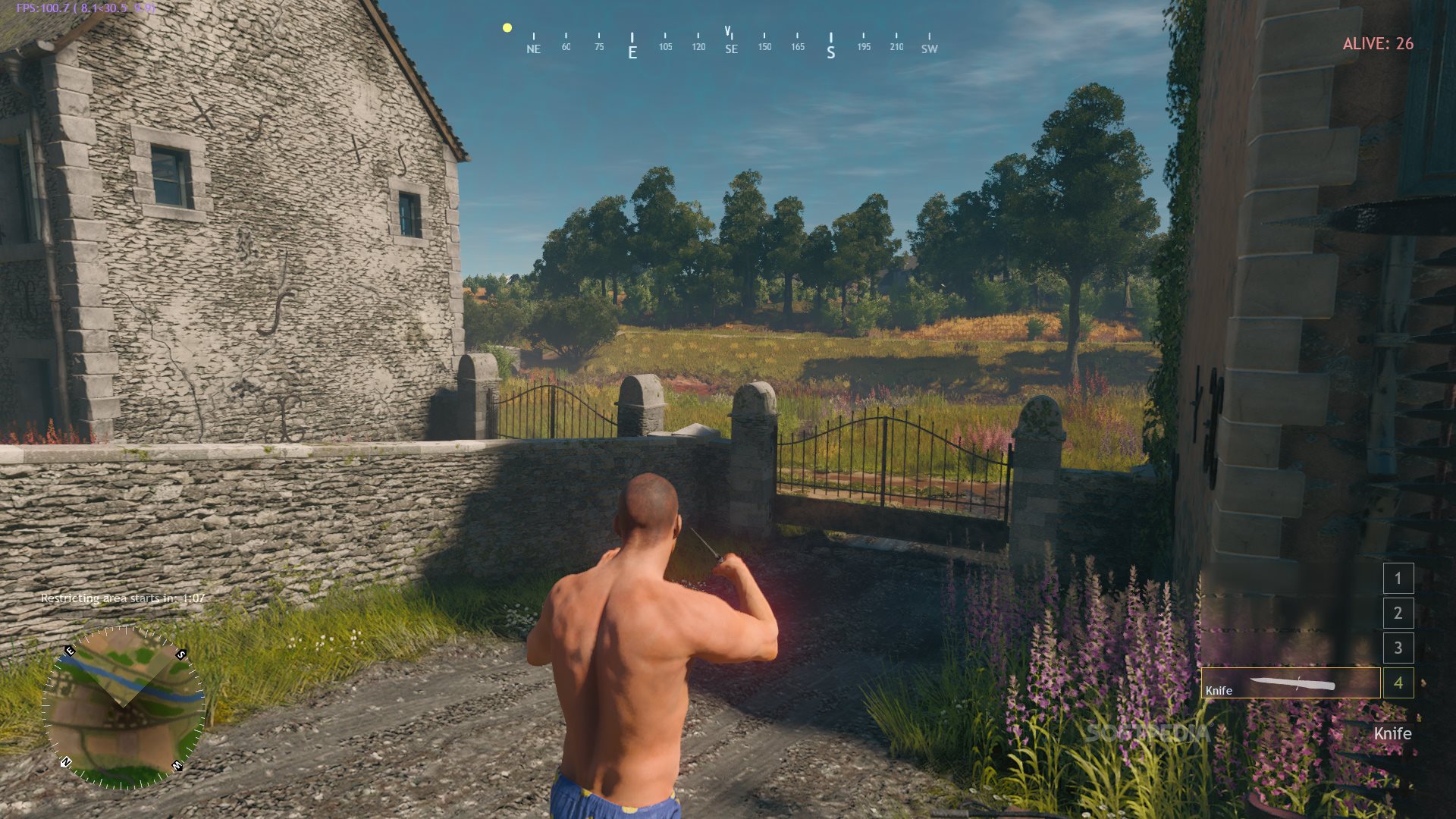
10 Euro Foie Gras also published a Charter outlining 12 animal welfare principles as additional standards to European legislation. In Europe, foie gras production is subject to an EU Directive concerning the protection of animals for farming purposes. After the gavaging period, the birds are stunned and processed. 8, 9 However, as producers are often paid per pound of foie gras produced, the birds are often gavaged until their livers are 10 times their usual volume, from an initial ~80g to a final weight of ~600g to 1000g. The EU regulation on marketing standards of poultry meat requires duck livers to weigh a minimum of 300g, while goose livers must weigh at least 400g. 8ĭuring the gavaging period, the liver increases from to a final weight of ~600g to 1000g. According to the European Federation of Foie Gras (Euro Foie Gras), ‘Palmipeds (web-footed birds including ducks and geese) live in collective housing for a few days during the fattening phase’. This prevents excessive movement, enabling the birds’ bodies to focus on fattening, and also streamlines the force feeding process for the producers. The intensive nature of fatty liver production means the birds need to be confined within a small space during gavaging, usually in wire pens. Newer pumping systems have enabled even more efficient feeding, shortening the feeding period to 2 to 3 seconds and allowing producers to feed more birds in one day. If producers use an auger (a mechanical drill) attached to a pipe, each feeding lasts around 45 to 60 seconds. Traditionally, a funnel attached with a long tube is used to insert food directly into the birds’ oesophagus. Although Ancient Egyptians gavaged these birds on figs, modern foie gras production uses corn as feed due to its high starch content and lower price. During this period, typically lasting 2 to 3 weeks, the birds are force fed a controlled amount of feed up to 3 to 4 times a day. The ‘liver fattening’, or ‘gavaging’ phase begins when the birds are between ~12 to 18 weeks of age.

#CUISINE ROYALE STORAGE REQUIREMENTS FREE#
Ducks and geese are free to eat at will during this period, though during the latter 8 weeks, mealtimes will be restricted to stimulate the digestive function required during the following ‘fattening’ phase. During the ‘pre-fattening phase’ which occurs when ducks and geese between ~0 to 12 weeks of age, they are raised in the conventional manner this starts with housing them in a closed, heated building within the first ~4 weeks and a free-range environment during the latter ~8 weeks. 2, 4 How is foie gras produced?įoie Gras is defined in French Law as ‘the liver of a duck or goose fattened by gavage (force feeding)’. 2įun fact: France remains the primary producer and consumer of foie gras, producing over 75% of the world’s foie gras other non-EU producing countries include the US and China. Traditionally enjoyed during festivities in France, foie gras is now consumed year around due to its increased availability.

Synonymous with French fine dining, it is known by the culinary encyclopedia Larousse Gastronomique as ‘one of the jewels in the crown of French Gastronomy’. 7įoie Gras can be eaten whole, or in forms such as pâté, mousse or terrine. The liver fattening process ignites a chemical change within the birds’ livers, creating a smooth texture not found in birds that are not gavaged. In France, fattened goose or duck liver came to be known as ‘foie gras’, literally meaning ‘fat liver’. Today, ‘Fig Liver’, is hailed as a culinary delicacy. Observing that the livers of geese enlarge significantly when they consume large amounts to prepare for migration, Ancient Egyptians replicated this process by force feeding geese with figs to produce a fattened liver. As consumers become more conscious of the sources of their food, many are asking – is there a more ethical way to produce foie gras? What is foie gras?Įnjoyed in the 21st century as a gourmet dish, foie gras was first discovered by Ancient Egyptians. Produced by gavaging ducks and geese to enlarge their livers, the foie gras production process has been a subject of controversy throughout the centuries.

A symbol of ‘haute cuisine’, the story of foie gras began millennia ago in Ancient Egypt.


 0 kommentar(er)
0 kommentar(er)
